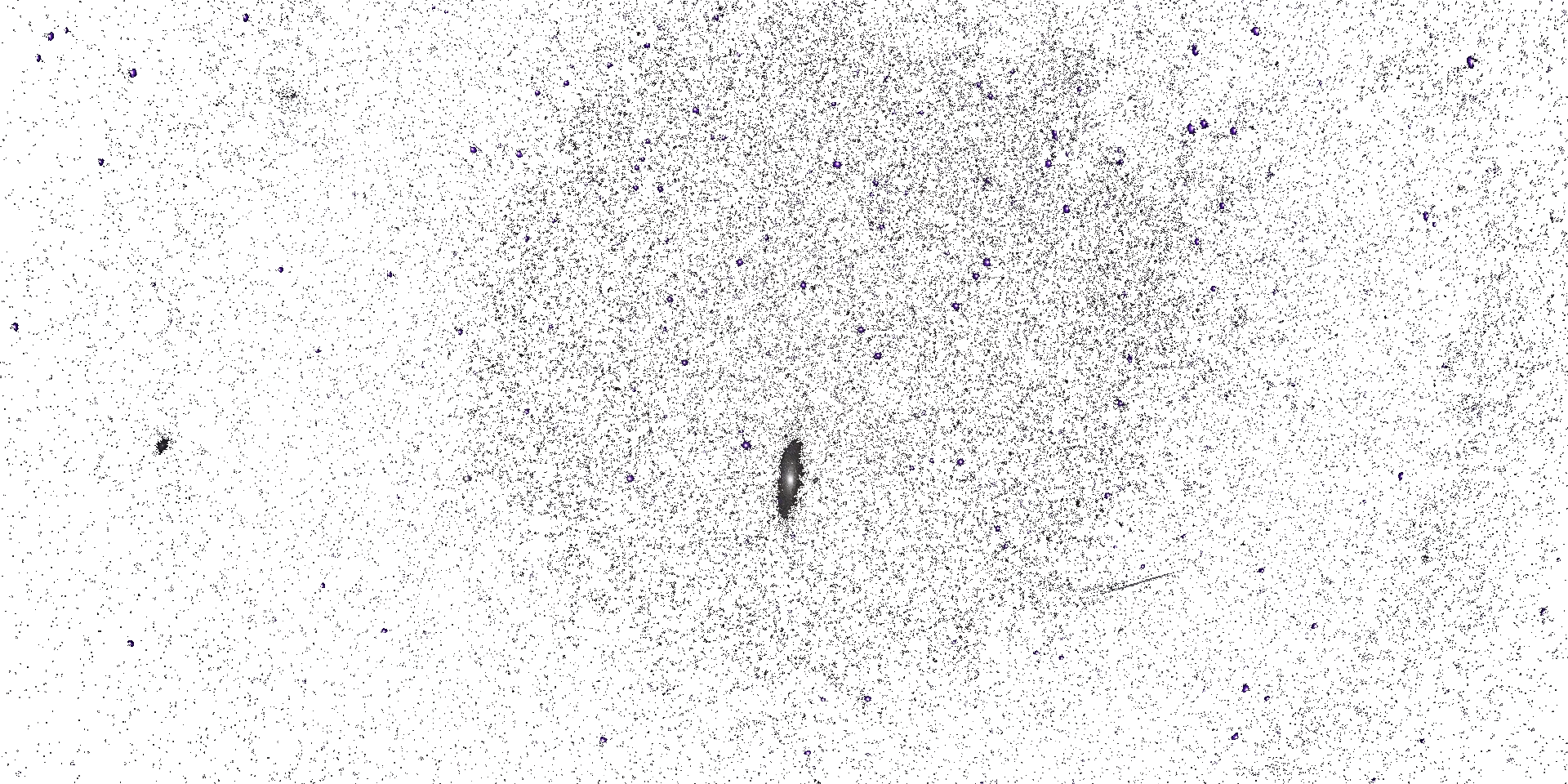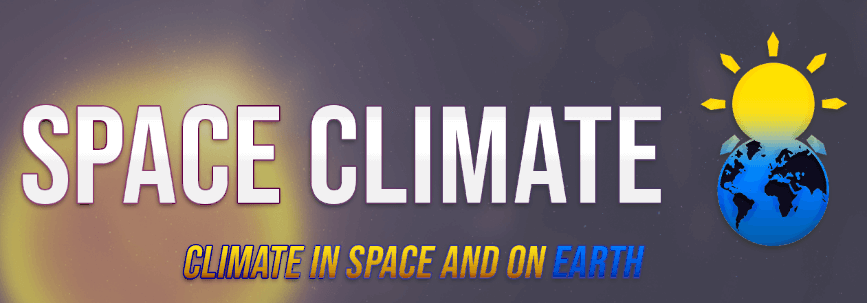




Space Climate 8 Meeting Abstract
Advancements in Solar Irradiance Measurements and Long-term Data Continuity
Erik C Richard (Laboratory for Atmospheric and Space Physics, Univ. of Colorado)
Dave Harber, Odele Coddington, Edward Thiemann, Peter Pilewskie, Greg Kopp, and Tom Woods; Laboratory for Atmospheric and Space Physics, Univ. of Colorado
The continuous measurement of total solar irradiance (TSI) and solar spectral irradiance (SSI) is essential to interpreting how the Earth system responds to solar variability and elucidate the physical mechanisms driving the interactions among the atmosphere, oceans, ice, and land. Fundamental measurement objectives related to solar irradiance monitoring extend to a broad science community that includes studies on Earth energy budget, process-oriented remote sensing applications, climate and atmospheric modeling, and atmospheric composition. In particular, accurate long-term SSI measurements are needed to characterize poorly understood wavelength-dependent climate processes.
The long-term, continuous measurements of climate-quality TSI and SSI from the Solar Radiation and Climate Experiment (SORCE) mission lasted for over 17 years – ending in February 2020. The first implementation of NASA’s Total and Spectral Solar Irradiance Sensor (TSIS-1) launched on December 15th, 2017 and was integrated on the International Space Station (ISS) to continue the TSI and SSI data record with improved versions of the LASP Total Irradiance Monitor (TIM) and Spectral Irradiance Monitor (SIM). For the SSI, extensive advances in both instrument design and new SI-traceable spectral irradiance calibration techniques have resulted in the TSIS-1 SIM with improved absolute accuracy – continuous (200 nm – 2400 nm) absolute uncertainties < 0.5%. Furthermore, improvements in the long-term spectral stability corrections has provided lower uncertainties in SSI variability measurements that are now allowing for validations of SSI models.
Based on the success of the TSIS-1 mission, the second implementation of NASA’s Total and Spectral Solar Irradiance Sensor (TSIS-2) is presently in final assembly and calibration with a launch readiness date in late-2024 and will provide full TSI and SSI observational continuity through the end current decade.
The emergence and rapid growth of more advanced small satellite (CubeSat) and compact instrument developments offer the potential to demonstrate the viability of achieving and maintaining critical long-term solar data records. The Compact Spectral Irradiance Monitor - Flight Demonstration (CSIM-FD) mission, a 6U CubeSat, successfully launched in December 2018. This 3-year mission provided SSI observations across a continuous wavelength region spanning 200 nm – 2800 nm and advanced new technology that demonstrated the unique capabilities of a complete SSI mission with inherent low mass and compact design. The Compact Total Irradiance Monitor-Flight Demonstration (CTIM-FD), a 6U CubeSat, will launch in 2022 and will advance the next generation of TSI instruments.
In this review talk, we discuss each of these missions and their impact on maintaining the solar irradiance observational record in the coming decades.
